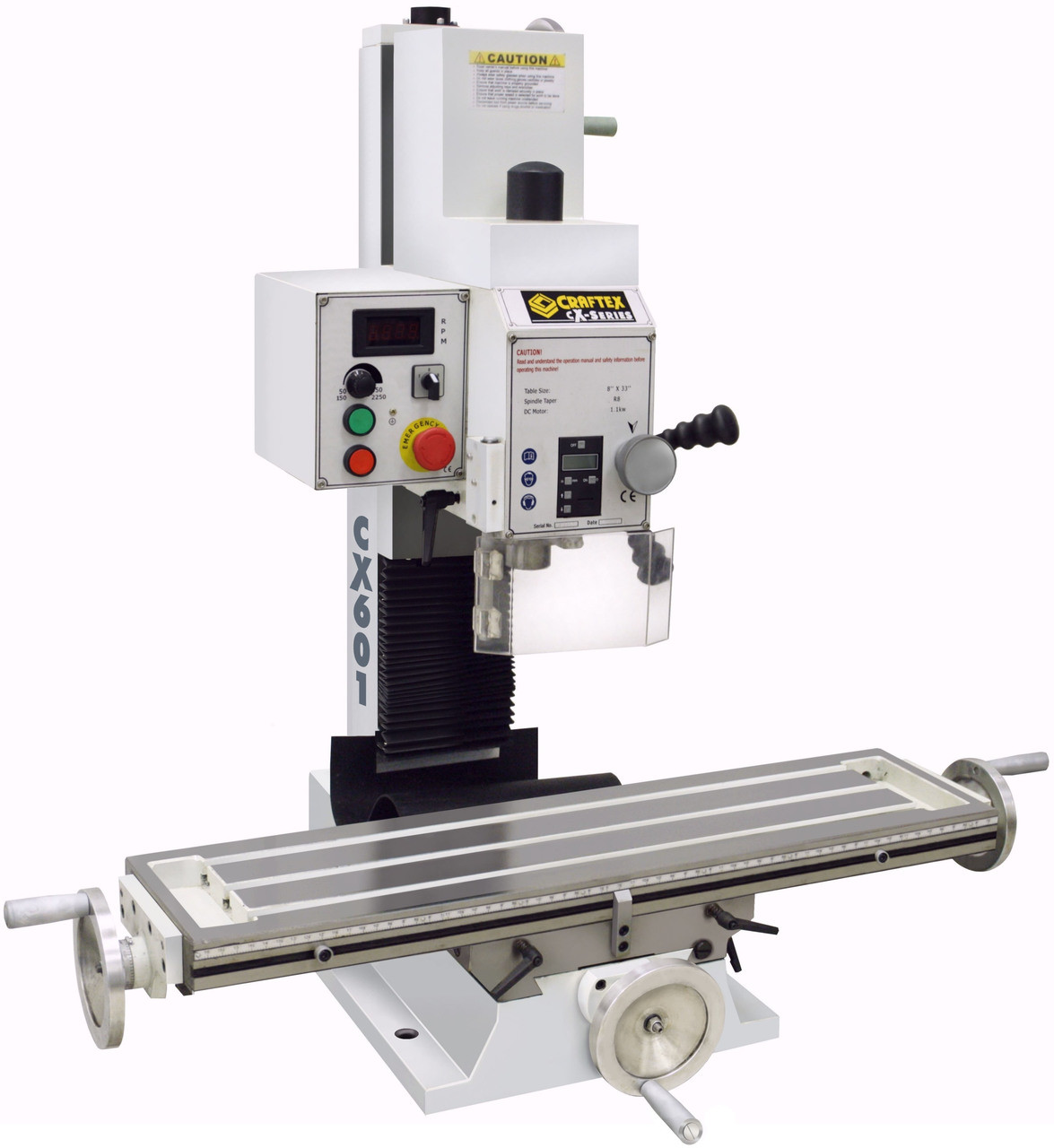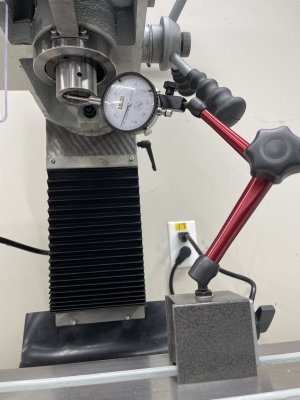retintin
(Steve)
Hi all, looking forward to some good discussions. I am glad I found this forum, I have lots of questions.
I am new to machining, it's a hobby for me so I started small. Picked up a CX709 lathe last year and this week I added a CX601 mill. I am hoping to make what I need for basic maintenance around the property and some restoration projects.
I am in the process of setting it up the new mill and I was wondering what is the acceptable runout for the spindle? The documentation says it should be 0.0006" on the spindle nose but I am getting 0.0010". I realize that I can't expect high level of precision from an import but I am wondering what is acceptable.
Steve
I am new to machining, it's a hobby for me so I started small. Picked up a CX709 lathe last year and this week I added a CX601 mill. I am hoping to make what I need for basic maintenance around the property and some restoration projects.
I am in the process of setting it up the new mill and I was wondering what is the acceptable runout for the spindle? The documentation says it should be 0.0006" on the spindle nose but I am getting 0.0010". I realize that I can't expect high level of precision from an import but I am wondering what is acceptable.
Steve


